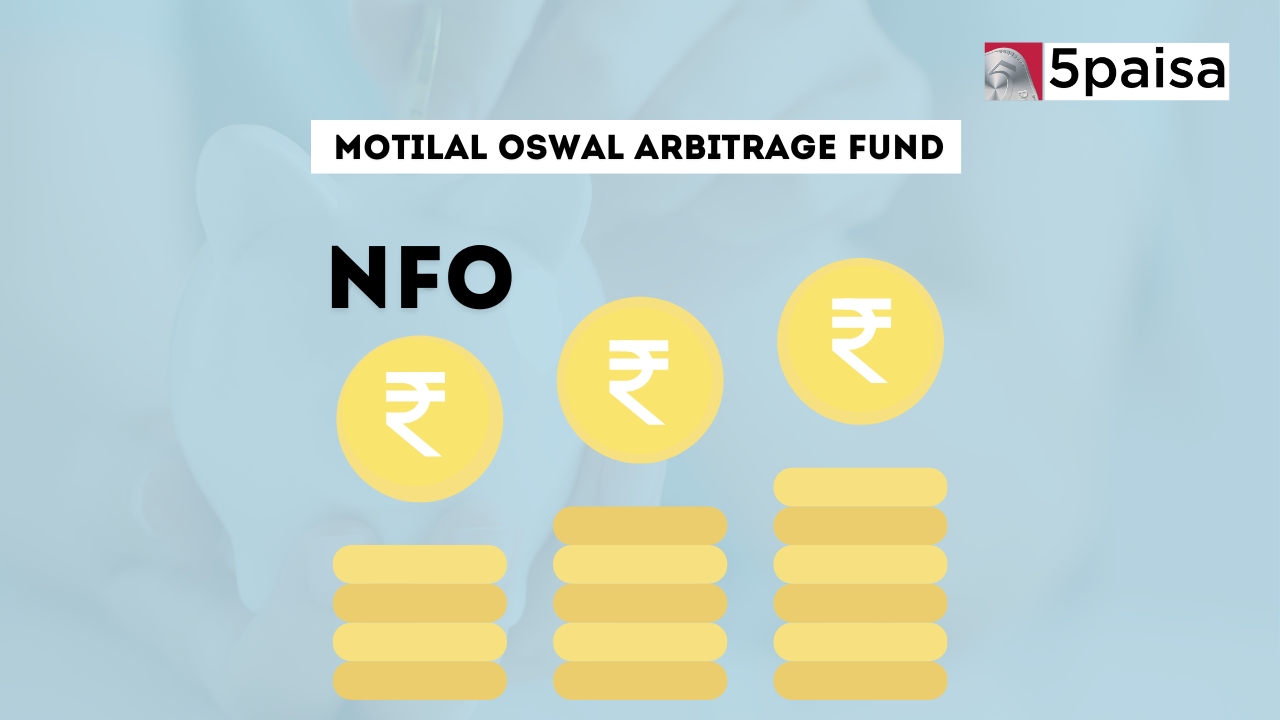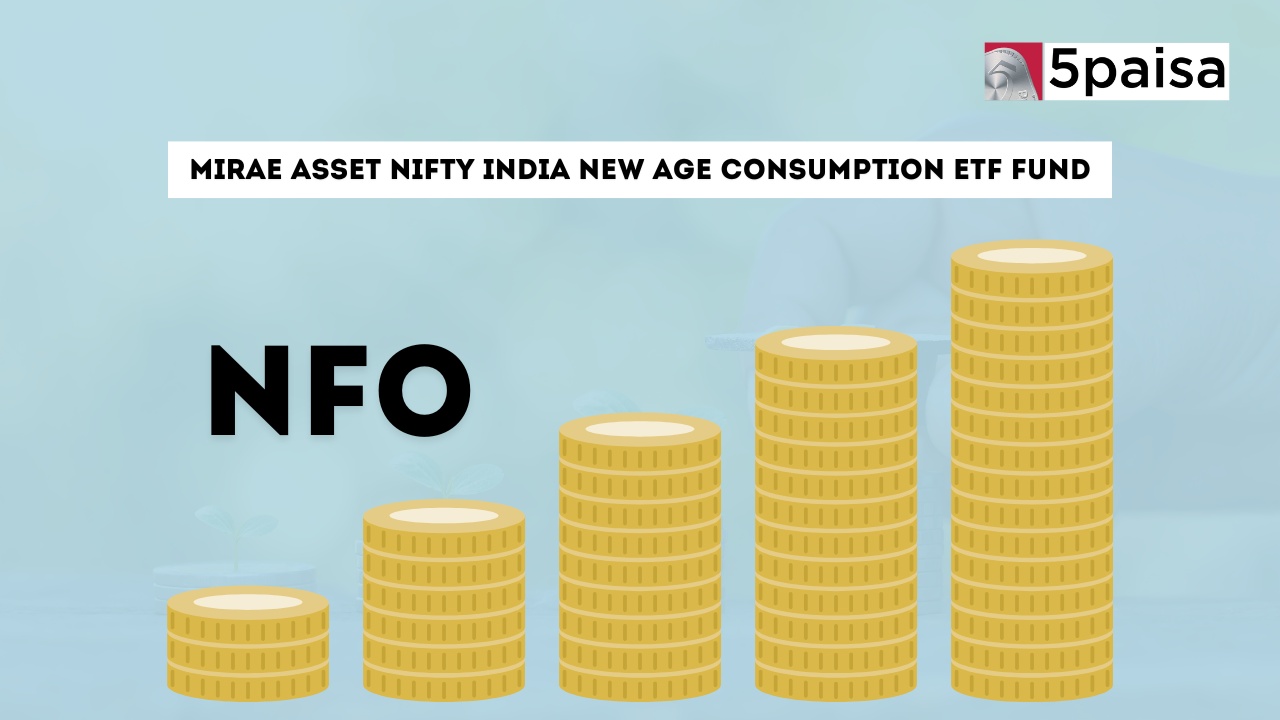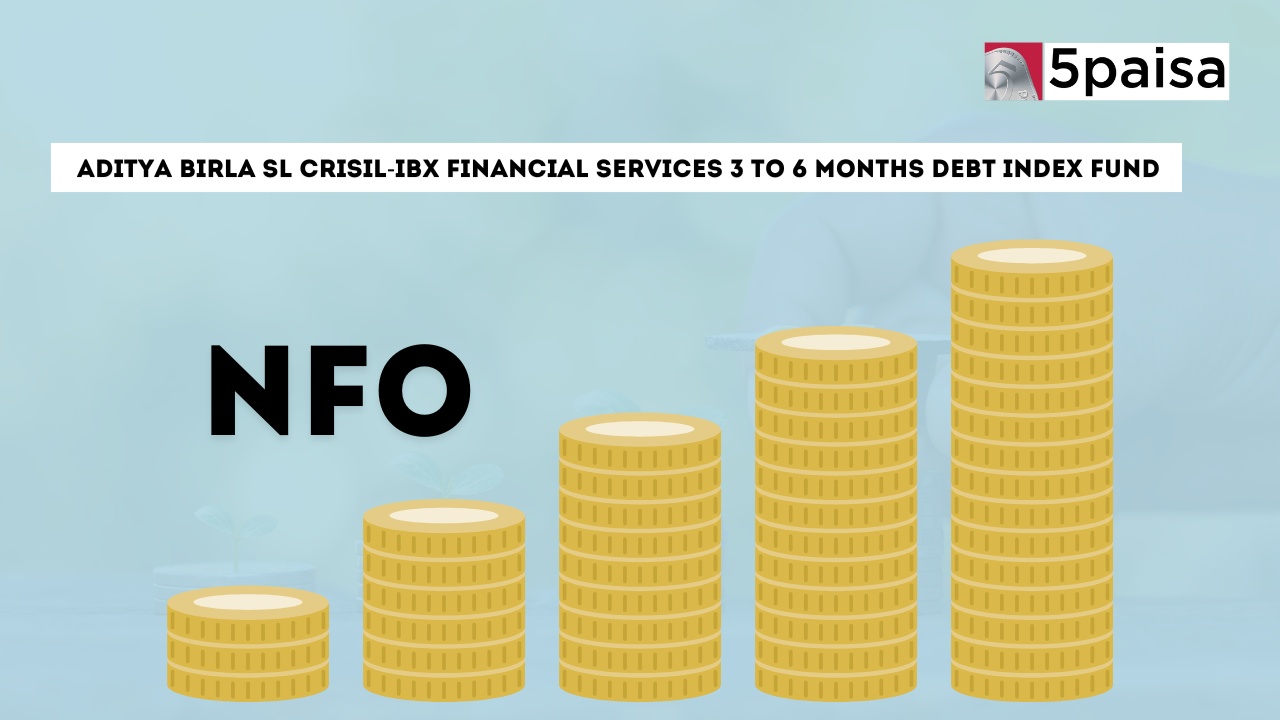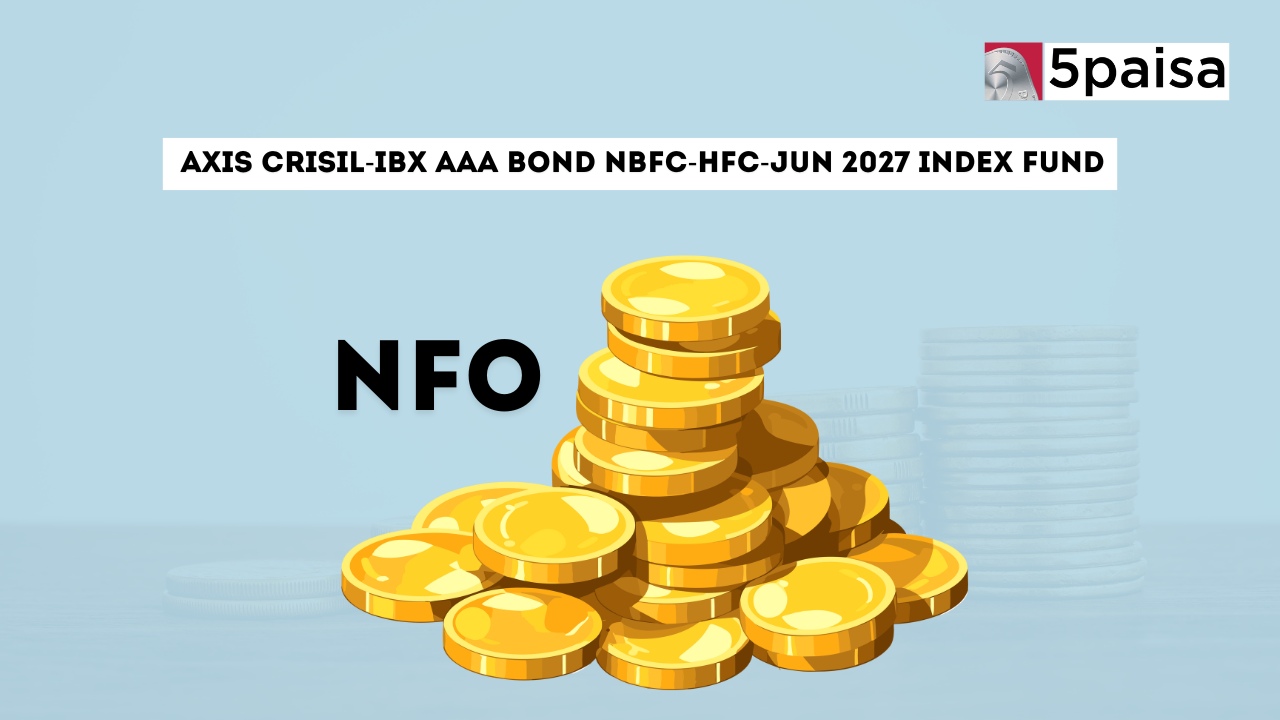Motilal Oswal Arbitrage Fund - Direct (G)
HDFC Nifty LargeMidcap 250 Index Fund - Direct (G): NFO Details

Last Updated: 23rd September 2024 - 10:58 am
HDFC Nifty LargeMidcap 250 Index Fund - Direct (G) is a passively managed index fund that replicates the performance of the Nifty LargeMidcap 250 Index, which includes the 100 largest companies and 150 mid-sized companies, giving the best of stability from the large firms and growth story from the mid-sized businesses. The fund aims to provide long-term capital appreciation through a diversified portfolio of sectors similar to that of the index and is suited for large and mid-cap investors in India equity.
Details of the NFO
| NFO Details | Description |
| Fund Name | HDFC Nifty LargeMidcap 250 Index Fund - Direct (G) |
| Fund Type | Open Ended |
| Category | Index Funds |
| NFO Open Date | 20-September-2024 |
| NFO End Date | 04-October-2024 |
| Minimum Investment Amount | ₹100 |
| Entry Load | -Nil- |
| Exit Load | -Nil- |
| Fund Manager | Mr. Nirman Morakhia |
| Benchmark | Nifty LargeMidcap 250 Index (TRI) |
Investment Objective and Strategy
Objective: To generate returns that are commensurate (before fees and expenses) with the performance of the Nifty LargeMidcap 250 Index (TRI), subject to tracking error. There is no assurance that the investment objective of the Scheme will be achieved.
Investment Strategy: HDFC Nifty LargeMidcap 250 Index Fund – Direct (G) follows an investment strategy that is purely passive in nature, as the fund attempts to replicate the performance of the index. This is precisely what it does:
• Replication of Index: The fund would generally replicate the index by investing in the same 250 companies in proportion to their weights in the index, and the index consists of 100 large-cap and 150 mid-cap stocks.
• Diversified Exposure: The fund is diversified across a wide range of sectors and companies. Therefore, this fund provides diversified exposure to the established large-cap companies and the companies with growth potential in the mid-cap, which helps to balance the risk and reward.
• Low Turnover: It is a passively managed fund so it usually holds a relatively lower portfolio turnover as compared to actively managed funds. Which generally means that it might thereby result in lower transaction cost and expense ratios.
• Market-Cap-Based: In this kind of fund, investments are allocated according to the market capitalization of the corporations in the index. This would put the portfolio in line with the general structure of the large and mid-cap segments of the market.
• Long-term growth: This is a strategy developed for the long-term capital appreciation-seeking investor who may expect the growth from large and mid-sized companies and by extension suited for a moderately to high-risk-taking investor.
In summary, the fund is based on a non-active, index-tracking methodology and offers diversified access to the large and mid-cap segments of the Indian equity market to the investors.
Why Invest in HDFC Nifty LargeMidcap 250 Index Fund - Direct (G)?
This investment in HDFC Nifty LargeMidcap 250 Index Fund – Direct (G) has following impressive reasons for an investor looking for diversified exposure in the Indian equity market:
• Balanced Exposure to Large and Mid-Caps: The investment is in large-cap companies, famous for stability and market leadership, and mid-cap companies, with the potential for higher growth, thus maintaining a balance between stability and growth.
• Diversification: With 250 stocks spread across different sectors, the fund provides exhaustive diversification that automatically decreases the risk involved with direct exposures to companies or sectors.
• Passive Management & Cost Efficiency: It is an index fund that replicates Nifty LargeMidcap 250 Index for reducing costs with lower fund management fees and lower portfolio turnover as against actively managed funds.
• Market Representation: It is an index that reflects Nifty LargeMidcap 250 Index-a very diversified index that portrays the Indian economy. This gives much exposure to drivers of economic growth for investors.
• Long Term Growth Potential: It combines stability factors of large-cap companies with growth potential of mid-cap companies, and so it is best suited for long-term investors who have capital appreciation over time.
• Simplified Investment: With the passive management, the fund eliminates the need for active stock picking, thus placing the hands of investors in an easy-to-manage approach, even as the benefit remains market-linked returns without the hassle of researching the individual stocks.
• Suitable for Moderate to High Risk Tolerance: It is suitable for investors with a moderate to high-risk appetite who can take volatility in the equity markets and can look for long-term wealth creation opportunities.
In conclusion, HDFC Nifty LargeMidcap 250 Index Fund – Direct (G) has emerged as one of the most appealing options for investors searching for a cost-effective diversified growth-oriented portfolio capitalizing on both large and mid-cap segments of the Indian equity market.
Strength and Risks
Strengths: Investing in the HDFC Nifty LargeMidcap 250 Index Fund – Direct (G) offers several key strengths, making it an attractive option for investors seeking exposure to the Indian equity market. Here are the main strengths:
• Balanced Exposure: The fund provides a balanced allocation between large-cap companies (offering stability) and mid-cap companies (with high growth potential), allowing investors to benefit from both segments.
• Diversification: With investments in 250 companies across various sectors, the fund ensures broad diversification, reducing the impact of poor performance in any single stock or sector.
• Cost-Effective: As a passively managed index fund, it comes with lower expense ratios compared to actively managed funds, helping investors save on fees and maximize their returns over time.
• Reduced Risk of Stock Selection: The fund eliminates the need for active stock selection by simply replicating the Nifty LargeMidcap 250 Index. This reduces the risk of picking underperforming stocks and ensures exposure to the overall market performance.
• Long-Term Growth Potential: Combining large and mid-cap stocks offers the potential for higher long-term returns. While large caps provide stability, mid-caps can deliver strong growth as they scale and mature.
• Market Representation: The Nifty LargeMidcap 250 Index represents a significant portion of India’s economic sectors, giving investors exposure to a wide range of industries and benefiting from India's growth story.
• Low Turnover: Since the fund tracks an index, it typically has lower portfolio turnover than actively managed funds, resulting in fewer transaction costs and tax efficiencies for investors.
• Simplicity and Transparency: Investors enjoy transparency because the fund’s holdings mirror the index, making it easy to track performance. There’s no ambiguity regarding what the fund invests in.
• Suitable for Long-Term Wealth Creation: The combination of large and mid-cap stocks in a diversified portfolio makes this fund suitable for long-term wealth creation, particularly for investors who are comfortable with market volatility.
• Access to Mid-Cap Growth Potential: Mid-cap stocks, often underrepresented in many portfolios, offer substantial growth opportunities. This fund provides access to these high-potential companies without exposing the portfolio entirely to mid-cap risks.
In summary, the HDFC Nifty LargeMidcap 250 Index Fund – Direct (G) stands out for its diversified exposure, cost efficiency, and growth potential, making it a strong choice for long-term investors looking for a blend of stability and capital appreciation.
Risks: Investing in the HDFC Nifty LargeMidcap 250 Index Fund – Direct (G) comes with certain risks that investors should be aware of before committing their capital. Here are the primary risks associated with this fund:
• Market Risk: As an equity-based index fund, it is subject to the volatility of the stock market. Any significant decline in the overall equity market could negatively impact the fund’s value. External factors such as economic downturns, geopolitical issues, and market sentiment can lead to market fluctuations.
• Mid-Cap Volatility: Although mid-cap stocks offer growth potential, they are typically more volatile than large-cap stocks. Mid-cap companies can experience larger price swings, especially during periods of market uncertainty or economic distress, which could increase the risk of losses.
• Limited Active Management: As a passively managed index fund, it lacks the flexibility of an actively managed fund. The fund will continue to track the Nifty LargeMidcap 250 Index regardless of market conditions or the performance of individual stocks. This could be a disadvantage in periods where active management might help navigate market downturns or exploit specific opportunities.
• Sector Concentration Risk: Although the fund is diversified across 250 companies, the index it tracks may have higher weightings in certain sectors (such as financials, technology, or consumer goods). Overexposure to a particular sector could heighten the risk if that sector underperforms.
• Tracking Error: While the goal of the fund is to replicate the performance of the index, there can be small discrepancies (tracking error) between the fund’s returns and the index’s returns due to transaction costs, liquidity issues, or cash holdings.
• Liquidity Risk: Some mid-cap stocks in the index may have lower liquidity, meaning it could be harder for the fund to buy or sell large volumes of shares without affecting the stock price. This could impact the fund’s ability to efficiently track the index.
• No Downside Protection: The fund does not have a mechanism to protect against losses during market downturns. In the event of a sharp market correction, investors can experience significant declines in the value of their investment.
• Economic and Political Risks: Being a fund focused on Indian equities, it is exposed to risks stemming from India’s economic, political, and regulatory environment. Changes in government policies, taxation, or political instability could adversely affect market performance and, by extension, the fund.
• Foreign Investment Risk: If a portion of the index includes companies with significant international operations, changes in global trade policies, foreign exchange rates, or international regulations could introduce additional risk factors.
• Performance Lag During Bull Markets: During periods of strong market growth, actively managed funds may outperform passively managed index funds by selectively investing in high-performing stocks. Investors in this index fund may miss out on such outperformance due to the lack of active stock picking.
In summary, while the HDFC Nifty LargeMidcap 250 Index Fund – Direct (G) offers the potential for capital appreciation and diversification, investors need to consider its exposure to market volatility, sector concentration, and the risks associated with passive management. It is most suitable for long-term investors who are comfortable with market fluctuations and the associated risks.
- Flat ₹20 Brokerage
- Next-gen Trading
- Advance Charting
- Actionable Ideas
Trending on 5paisa
Mutual Funds Related Articles
Disclaimer: Investment in securities market are subject to market risks, read all the related documents carefully before investing. For detailed disclaimer please Click here.
 5paisa Research Team
5paisa Research Team




